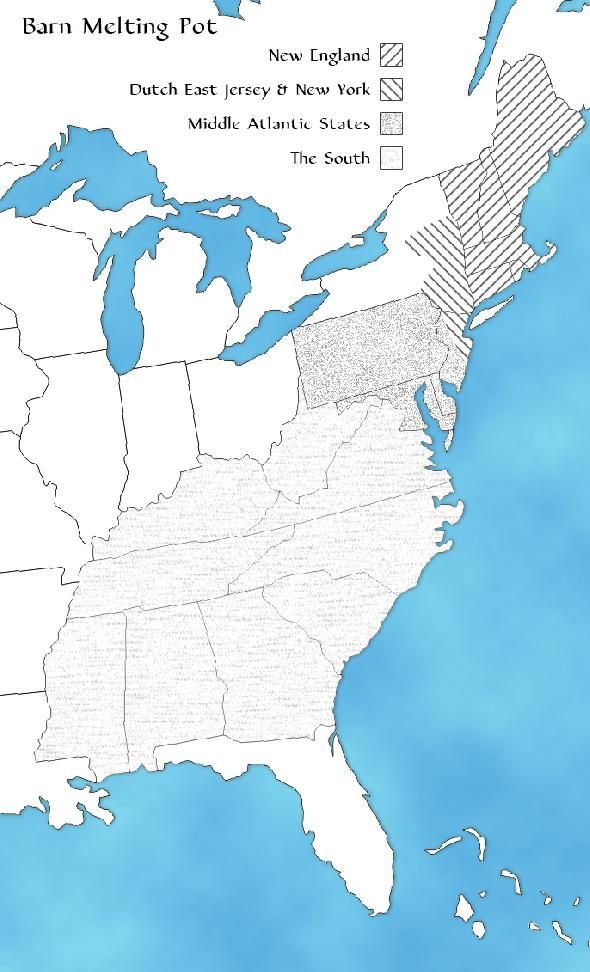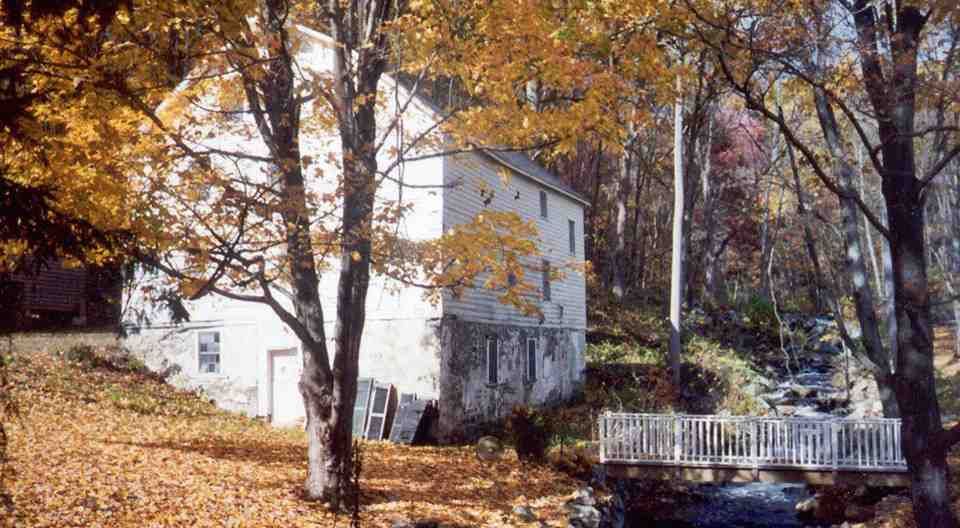Blog
Built c. 1870, the Glen barn is one of the largest barns ever built in New York State measuring forty feet wide by one hundred feet long. Heritage Restorations has restored over 200 barns from New York, and it is the largest barn that they have ever moved and rebuilt. The history of the Glen barn is a reflection of the great cultural changes that took place during the 1800’s in America.
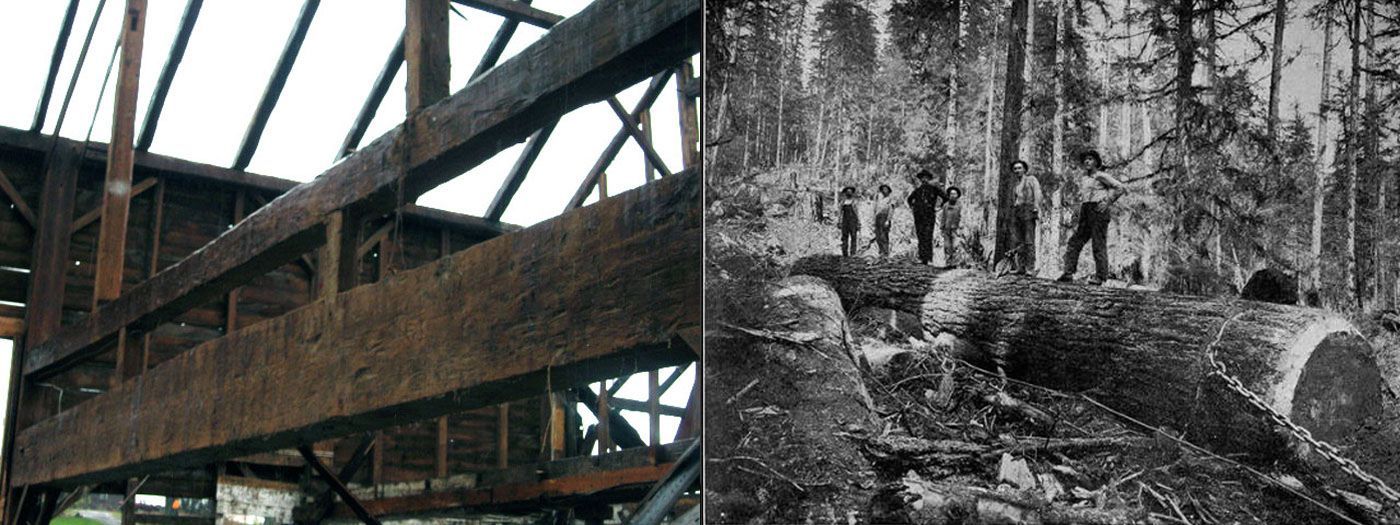
More than any other factor, what differentiated American timber framing from its predecessors in the Old World was when the Old World pioneers came to America, they were confronted with a very different building reality in that the materials they had on hand to build with, namely trees, were vastly different from their experience in Europe.

In the fall of 1609, English explorer Henry Hudson sailed up the river that would later bear his name. He was in search of a westward passage to Asia, but as the water sweetened and became less salty, it became clear to them that this was not the passage they were seeking. It was fine land though, and he claimed it for his patrons, The Dutch West India Company.
In late 2012 a private golf course near Houston, Texas was in the process of a facility expansion including a new 9 hole-par three surrounding a small lake. The Owner, a creative visionary, imagined this required industrial pump-house building could be a feature rather than a distraction to the otherwise pristine short course.
Heritage Restorations had the unique opportunity to raise one of our restored historic timber frames in Japan! We dismantled and restored an 1840’s timber frame barn from the tranquil fields of upstate New York and re-erected it in the bustling metropolis of Tokyo, Japan.
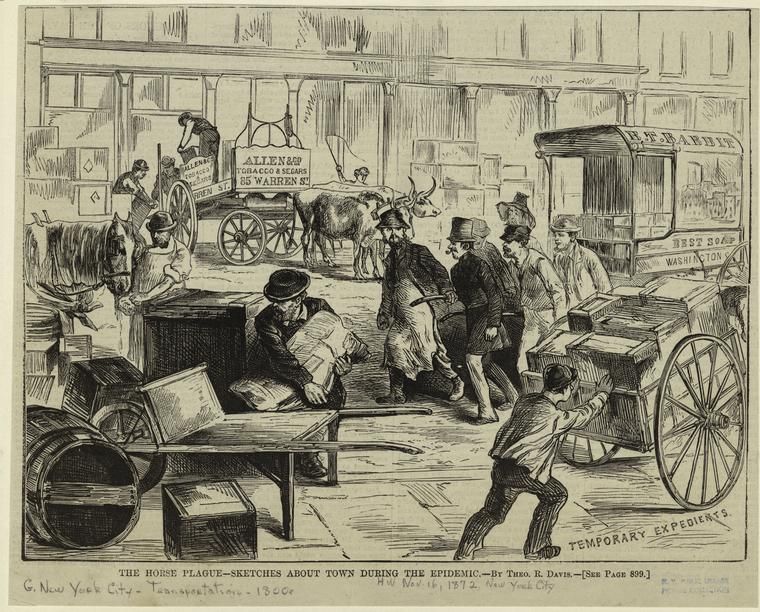
People often ask what interesting things we find in the centuries-old barns we dismantle for our barn restoration business. Well, there are a lot of interesting “things,” like the time we found an old pillowcase hidden in a corner of the first barn that we took down that was full of jewelry from a long-forgotten house burglary, and the time we found the bowling ball that my helper claims is the ball that old Rip Van Winkle used before he drank the potion that put him to sleep for twenty years in the Catskill Mountains.
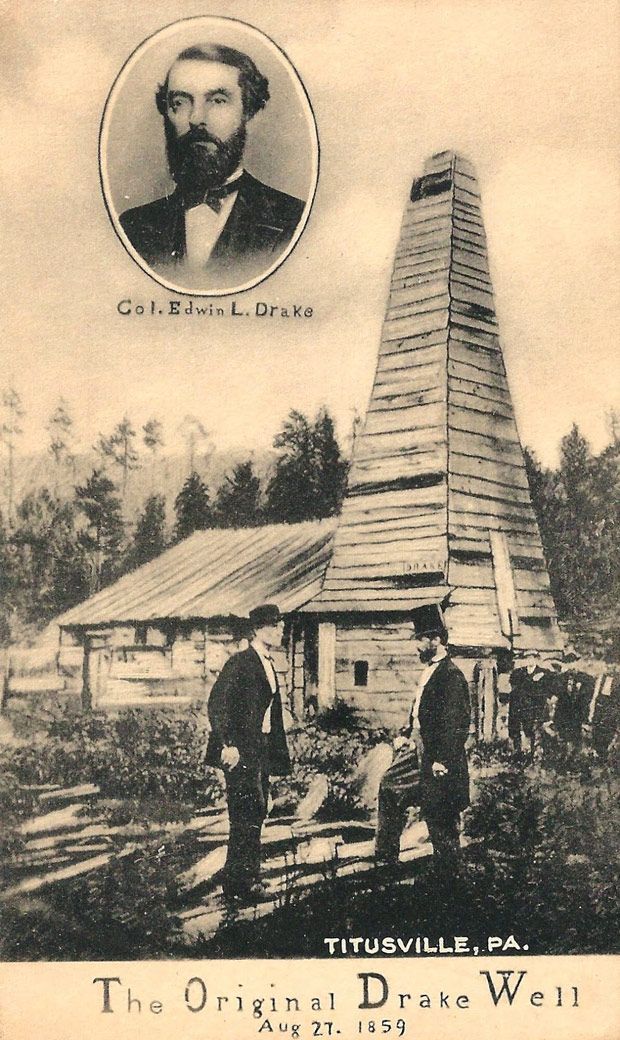
From time to time, in my travels in the Northeast, I pass through the sleepy hamlet of Greenville, New York—just another rural American village on the landscape of formerly thriving agricultural communities. Over the last eighty years, such communities have undergone a relentless depopulating, as generations of young people abandoned their agrarian roots and made their ways to urban centers that offered more “economic opportunity.”
We found the LaRue barn through a phone call from a woman in northern New Jersey who had heard about our work of moving and restoring barns. She wanted to know if we would possibly want to move an old barn that was in danger of being demolished to make way for a new suburban development.

